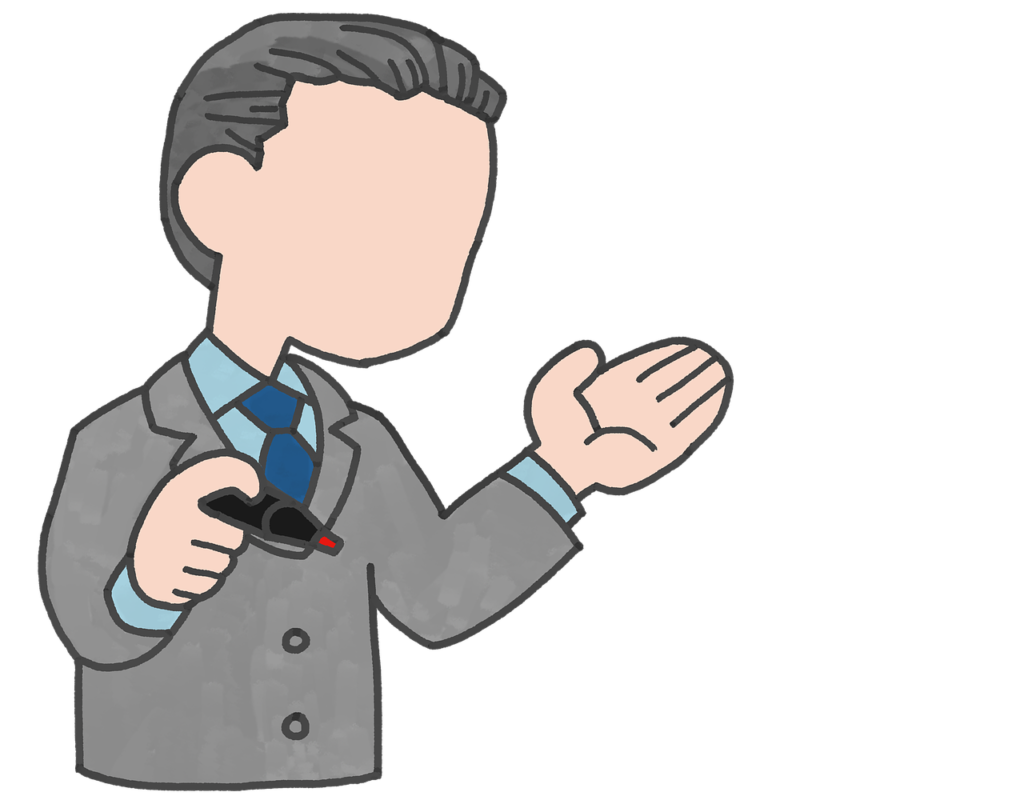
If you are serious about recruiting a new staff member a good job description is an absolute must. The job description is the most important place to start when recruiting and if it’s well written, it can make the difference between the wrong and the right candidate. By being precise when describing the job’s requirements, you will avoid making mistakes. To improve this process even more, here are a few guidelines:
Analyse the job before you start writing. By putting the description down on paper, you may discover that a certain position does not actually need to be filled on a full-time basis, or that it is possible to share the tasks amongst existing employees. · If you really do need someone for the job, identify the essential tasks and responsibilities.
Avoid the most common mistakes
Don’t simply draw up a shopping list of tasks without actually looking at the position in detail. To avoid this, ask yourself some questions, for example, what:
- are the most important tasks for the employee?
- takes priority amongst the range of duties?
- lines of reporting are there, and to whom?
- results should the employee actually deliver?
- is the extent of his/her authority? (especially important for managerial roles)
Employment criteria
Based on your answers to the above questions, determine the criteria for the job—the mixture of functional qualifications, skills and character traits that the candidate must have to successfully fulfil the position. Try not to confuse qualifications, skills and personal characteristics. There are subtle differences to each:
- Qualifications relate to what the candidate needs in order to do the job—experience, education and any other references.
- Skills relate to what the candidate can do, for example working with different computer programmes.
- Personal characteristics while difficult to measure or define are very important, such as a pro-active attitude and a strong personality.
The employment criteria are especially important if there are several candidates for the position. These will allow you to remove a large number of ‘unsuitable’ candidates from the list.
Defining the job description
Don’t forget that the job description is not merely used to attract the best candidate, but also to evaluate other candidates for the job. The job description should be practical, functional and clear. It should include:
- Job title - the department and the person to whom the employee will report
- The main responsibilities - what the position involves and its aim
- The most important tasks and responsibilities – in order of importance
- Skills and characteristics that a good candidate should possess. For example: ‘a good organiser’, ‘suited to leading a team’ or ‘capable of working independently’
- Other requirements and desired level of education
- Salary - an important part of the job description and you should be prepared to establish a salary on the basis of the employee’s education and experience, along with the general salary level within your branch, organisation, department or area. In any case, there is a variety of sources you can use to assist you, such as job exchange or governmental agencies, salary, careers centres and the Internet.
Finally, don’t be under the impression that the position needs to be filled quickly. Take more time to determine a clear job description and to find a candidate that fits that description. This is a much better approach than finding yourself with a candidate who does not fit your requirements.






